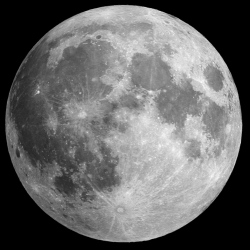
Google’s Lunar Xprize is up for grabs, and researchers at Carnegie Mellon think they have a chance of bagging the $30 million prize (which requires landing a robot on the Moon, moving it 500 meters and sending video back to Earth). The team’s solution plans to beam footage from the moon via a telepresence robot.
Instead of simply broadcasting shots of the moon’s surface, however, the scientists told the BBC they want to go a stage further and "bring the Moon back". How? By pairing the spacefaring robot with Oculus Rift headsets here on Earth; turn your head and the robot on the moon will supposedly turn in tandem via head-tracking. There were a few issues that had to be overcome, however. Namely, the Rift needs a pair of simultaneous video feeds to achieve a convincing virtual reality experience, and, by design it can’t accept two streams.
The team says that it found solutions for these challenges, plus a few other hurdles (hopefully lag is one of them), after what they described as "a non-stop, day and night hackathon." The researchers are already in talks with SpaceX, and all going well should launch on the private space-firm’s Falcon 9 craft sometime in 2016. The team’s goals may be lofty, but we can’t help admire them nonetheless. Ultimately, CMU wants hundreds of its robots on the moon and a Rift headset in every classroom, allowing practically anyone to see what Apollo 11’s crew saw 45 years ago.
